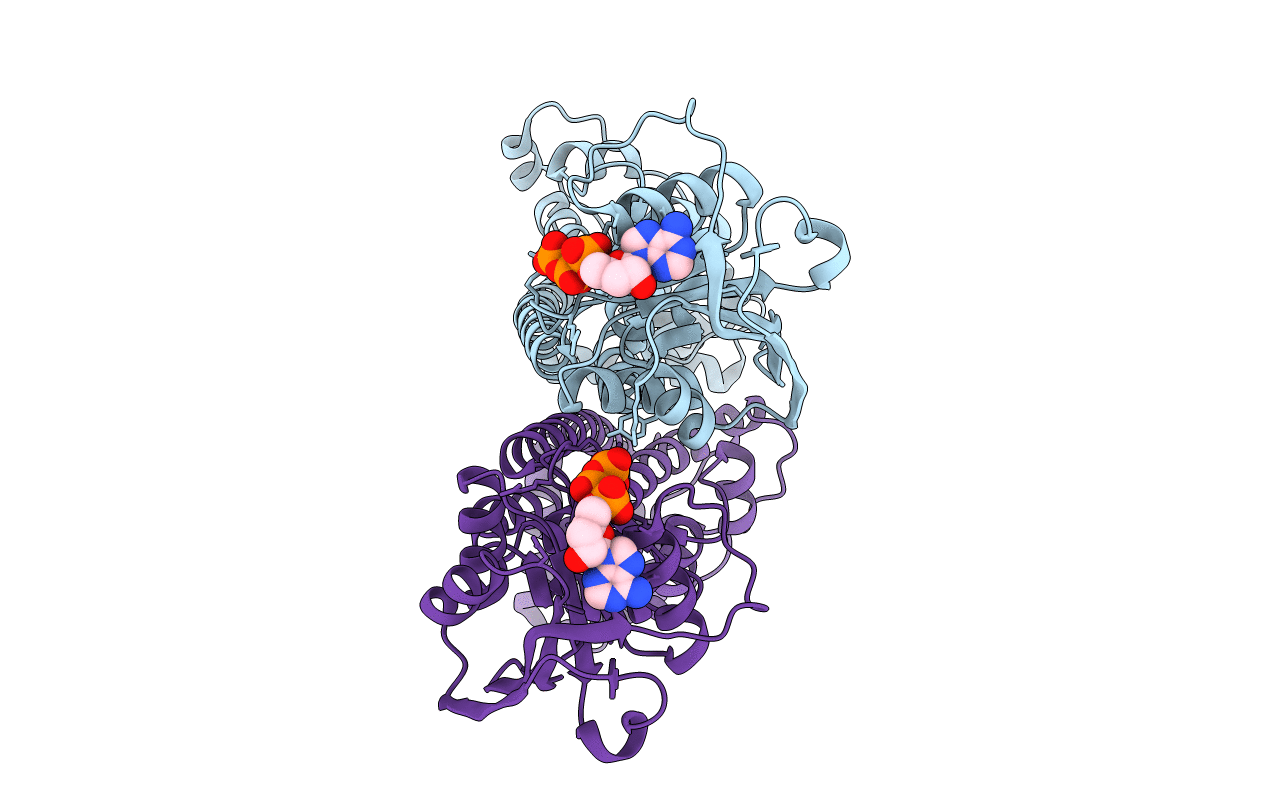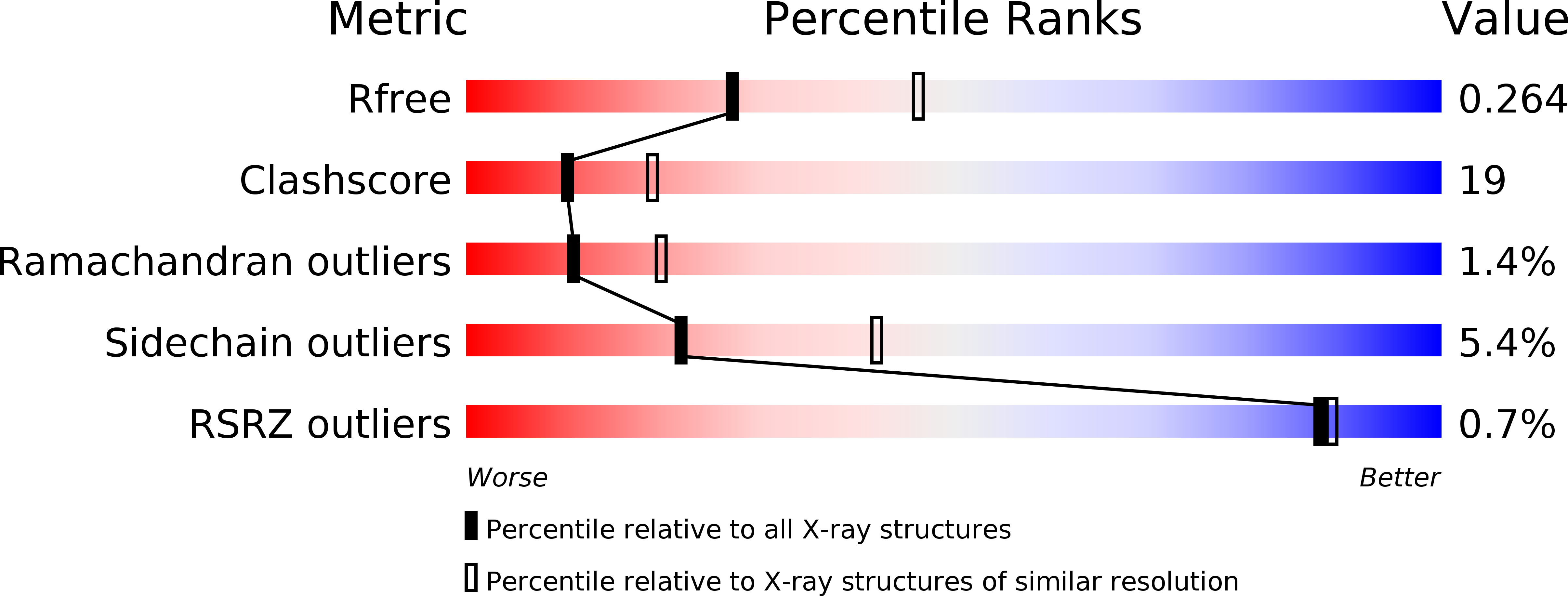
Deposition Date
2008-01-24
Release Date
2008-05-06
Last Version Date
2023-11-01
Entry Detail
PDB ID:
3C23
Keywords:
Title:
Structure of a bacterial DNA damage sensor protein with non-reactive Ligand
Biological Source:
Source Organism:
Thermotoga maritima (Taxon ID: 2336)
Host Organism:
Method Details:
Experimental Method:
Resolution:
2.50 Å
R-Value Free:
0.27
R-Value Work:
0.21
Space Group:
I 2 2 2


